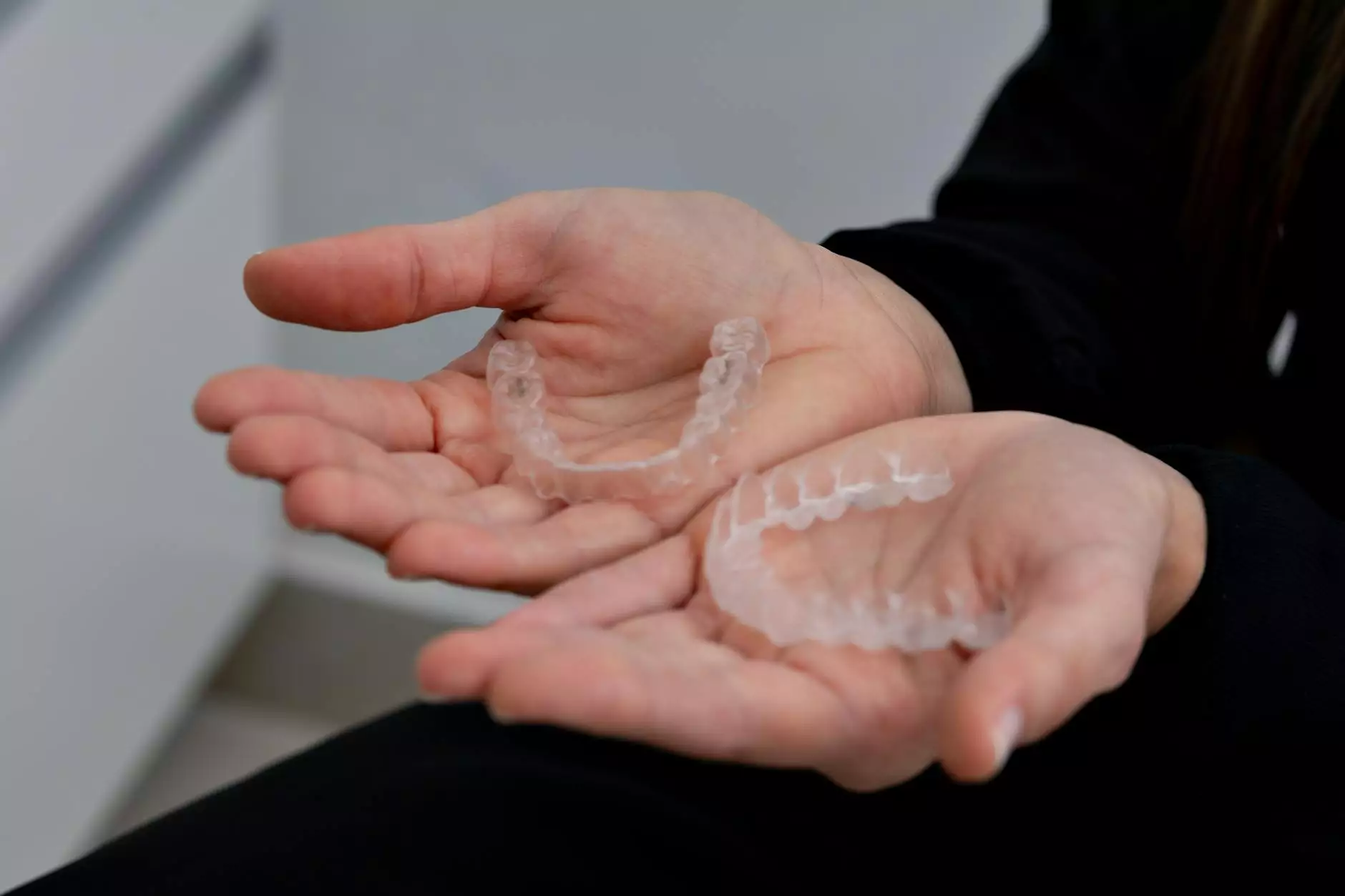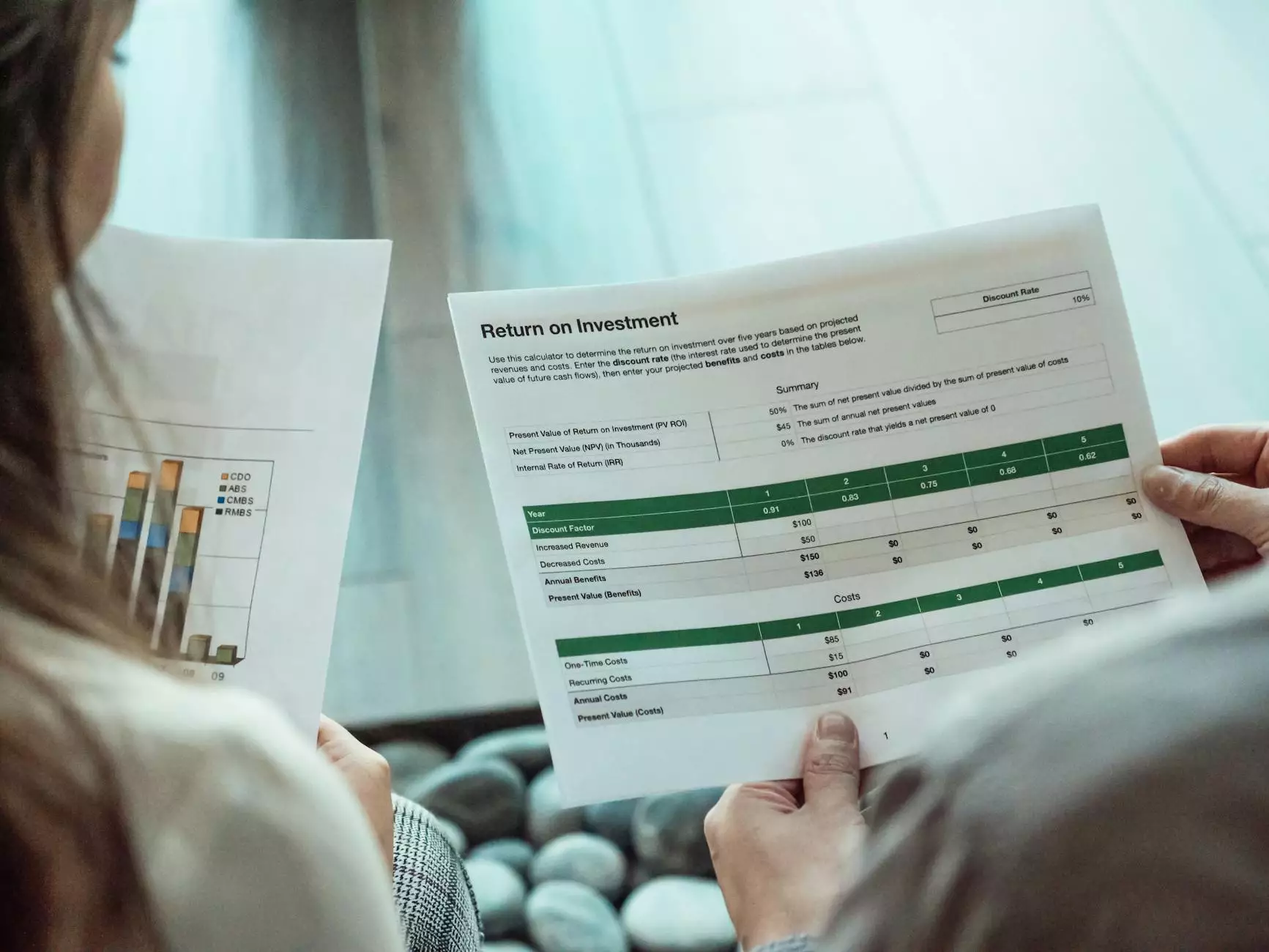How to Store Semaglutide Vial: Essential Guidelines for Optimal Preservation

In the ever-evolving landscape of health and wellness, semaglutide has emerged as a vital tool for managing weight and enhancing metabolic health. Whether you're utilizing it for weight loss, diabetes management, or other medical purposes, understanding the proper storage of semaglutide vials is crucial for maintaining their effectiveness and ensuring your health goals are met. This article provides a detailed exploration of best practices for storing semaglutide vials safely and effectively.
Understanding Semaglutide
Before diving into storage methods, it's important to understand what semaglutide is. Semaglutide is a synthetic analog of human glucagon-like peptide-1 (GLP-1), used primarily to treat type 2 diabetes and aid in weight management. By mimicking the effects of GLP-1, semaglutide helps regulate insulin secretion and appetite, contributing to significant weight loss and improved glycemic control.
The Importance of Proper Storage
Storing semaglutide vials properly is essential for two main reasons: efficacy and safety. Improper storage can lead to a degradation of the medication, reducing its effectiveness and potentially causing undesired side effects. Here are a few critical factors to consider:
- Temperature Sensitivity: Semaglutide is sensitive to temperature fluctuations.
- Light Sensitivity: Exposure to light can degrade the compound.
- Contamination Risks: Improper handling can introduce pathogens.
How to Store Semaglutide Vial
1. Temperature Requirements
Semaglutide vials should ideally be stored in a refrigerator at temperatures between 36°F and 46°F (2°C to 8°C). It's crucial to avoid freezing the medication. If semaglutide is accidentally frozen, it should not be used. Here’s how to ensure you’re compliant with temperature guidelines:
- Keep your refrigerator at the ideal temperature—use a thermometer to monitor.
- Avoid placing the vial in the door of the fridge where temperatures fluctuate.
- Consider a mini fridge if you travel frequently or need portability.
2. Light Protection
Semaglutide vials come with protective packaging for a reason—preventing light exposure is essential. Light can degrade the medication over time, impacting its effectiveness. Here’s how to protect your vials:
- Keep the vial in its original box until it’s time to use it.
- Avoid displaying the vial in lighted areas such as near windows or artificial lights.
- Store vials in a dark, cool cabinet if refrigeration is not feasible.
3. Handling Practices
Good hygiene is vital when handling semaglutide vials. Contamination can compromise the medication's safety and efficacy. Follow these handling practices:
- Always wash your hands before handling the vial.
- Use clean, sterile syringes to extract the medication.
- Do not touch the rubber tip where the needle will penetrate.
4. Duration of Storage
Understanding the shelf life of semaglutide is crucial for effective treatment. Once a vial of semaglutide has been opened, it can typically be kept in the refrigerator and used for up to 28 days. After this period, any remaining medication should be discarded. Here’s how to manage your supply:
- Label your vial with the date it was first opened to track its usage.
- Plan your refills to coincide with the 28-day usage mark.
- Do not attempt to use semaglutide past its expiration date or after the 28-day window.
Traveling with Semaglutide
For those who travel frequently, maintaining the integrity of semaglutide can be challenging. Here are some tips for traveling with semaglutide:
- Use an insulated pouch or cooler that can maintain the proper temperature.
- Avoid storing semaglutide in checked luggage; carry it in your carry-on.
- Carry a thermometer to monitor the temperature during travel.
- If traveling to a warmer climate, consider using refrigerants to keep the temperature stable.
Common Misconceptions About Storing Semaglutide
Several myths exist around storing semaglutide that need to be dispelled:
- "I can store it at room temperature." - This is false; semaglutide should always be refrigerated unless specified by the manufacturer.
- "I can re-freeze it if it’s thawed." - Once thawed, semaglutide should not be refrozen, as this can cause degradation.
- "It’s safe to store in the bathroom." - Bathrooms often have excess humidity and temperature fluctuations, making them unsuitable for storage.
Signs of Deterioration
Recognizing when semaglutide has deteriorated is imperative for safety. Be on the lookout for:
- Changes in color: A change from a clear liquid to cloudy or colored indicates a problem.
- Sedimentation or particles: Any visible particles can signal contamination or degradation.
- Unclear instructions: If you're uncertain about the stability, it’s better to err on the side of caution and consult a healthcare provider.
Consulting Professionals
When in doubt about storage practices or the effectiveness of semaglutide, consult your healthcare professional or pharmacist. They can provide personalized advice based on your situation and ensure that you are using the medication safely and effectively.
Conclusion
Understanding how to store semaglutide vials is paramount for anyone utilizing this medication. By following proper storage guidelines—including maintaining appropriate temperatures, protecting from light, and handling with care—you can ensure the efficacy and safety of your treatment. Stay informed and proactive about your health, and always consult healthcare professionals when questions arise.
For more information on semaglutide and other health-related topics, visit our website at skinnyquick.co.









